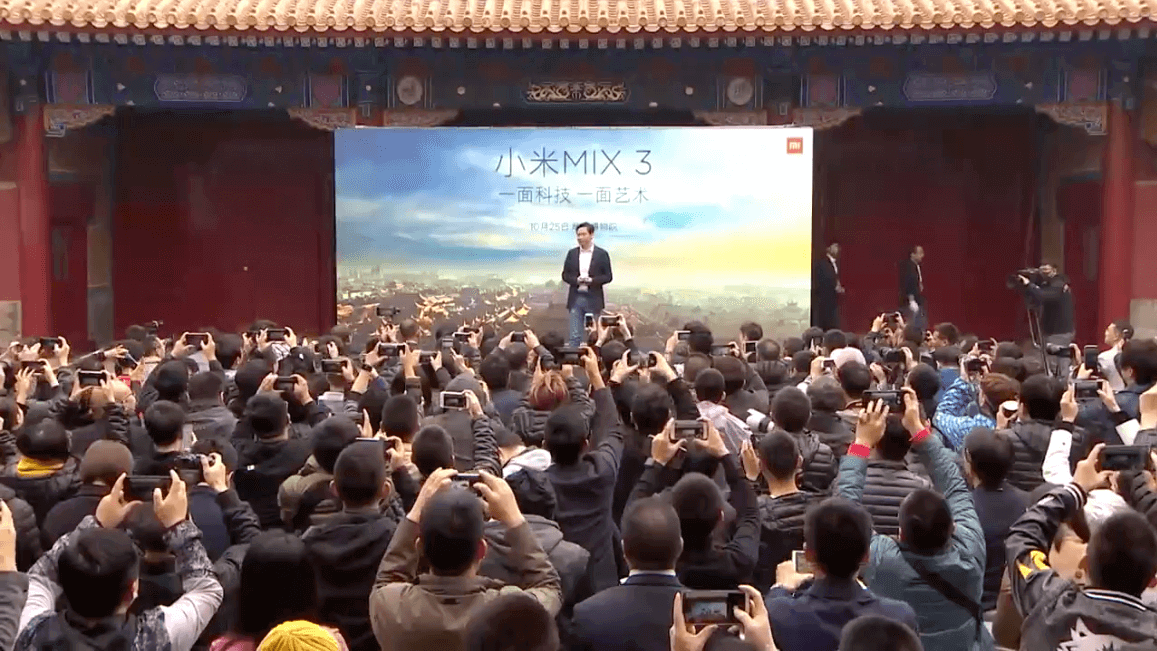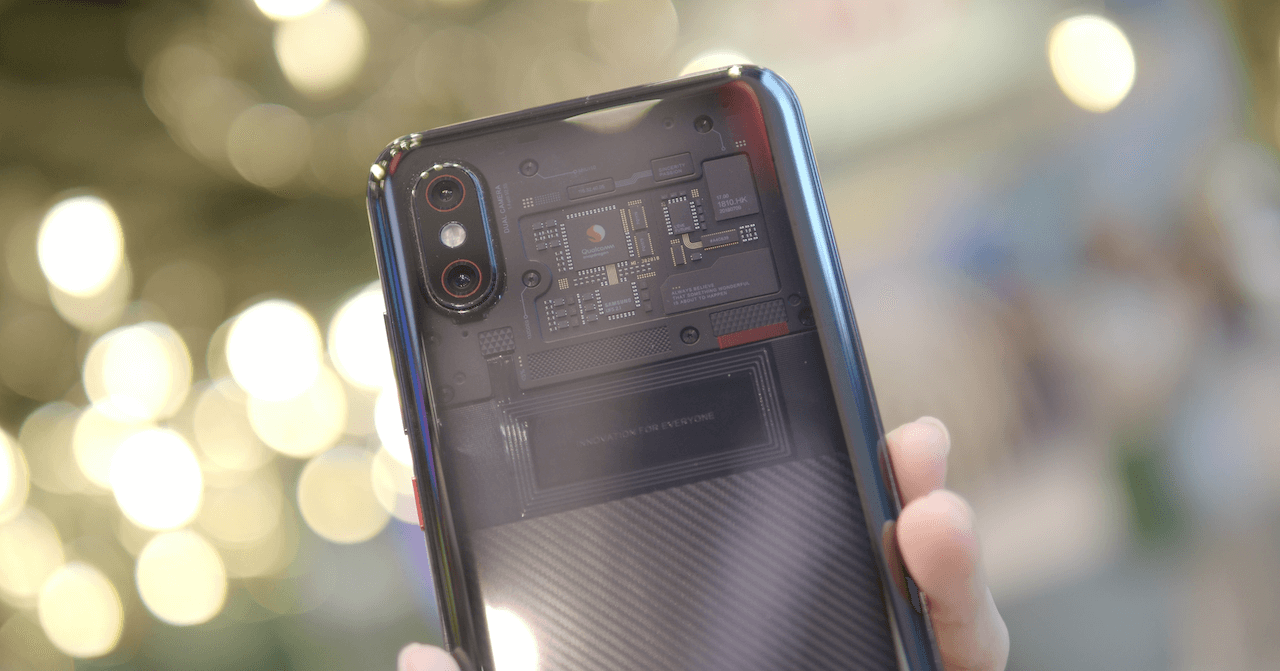
Xiaomi wants to sell fancier phones, but people think they aren’t swanky enough
Can Xiaomi shake off its image as a maker of cheap phones?
Sitting in the very heart of Beijing, surrounded by two miles of majestic crimson walls, is the historic Forbidden City -- one of the world’s most well-preserved ancient palaces. It was here, on a crisp October afternoon, that Xiaomi’s Lei Jun let go a rhetorical punch against unnamed rivals, defending a principle he’s held dearly for the last eight years.
How Xiaomi forged a unique path
“Other phone makers sell exorbitantly expensive handsets, but expensive phones aren’t necessarily the best,” he said.

Zhihu, where people in China go to ask questions and get answers
He described an encounter his mother had at a meeting: “People asked her, ‘Why are you using Xiaomi? Use a Huawei at least.’”
Accurate or not, it’s the impression that’s often heard when people in China are asked to describe Xiaomi smartphones. To understand why, you have to go all the way back to August 16th, 2011, when Xiaomi unveiled its very first handset in Beijing.
Wearing jeans and a black T-shirt, Lei carefully went through the specs of smartphones from four competitors -- HTC, Samsung, Motorola and LG. (The names change over the years, but Xiaomi has kept the habit of comparing itself with rivals at every launch event.) In the end, he invited the audience to guess the price of the Mi 1.
“5,000 yuan,” one man shouted.
People laughed. And so did Lei.
Then the answer popped up on the giant screen behind him: 1,999 yuan, which was about US$240 at the time.
The crowd roared.

“This is a common mentality among phone users these days. If you use Xiaomi, you’re a low-end user, you’re a loser. If you say other phones aren’t good, you’re just broke and jealous.”
Yet the image has stuck. One reason could be that Xiaomi continues to churn out extremely cheap handsets. Its cheapest phone in China at the moment is the US$86 Redmi 6A, which costs nearly US$30 less than Vivo’s cheapest, the Y73.

So Xiaomi is rolling out fancier phones. But there seems to be one problem: Consumers aren’t buying them.
All that speaks to the intense competition in China’s contracting smartphone market, where Xiaomi’s value-for-money pitch has a hard time resonating with higher-end consumers. According to Counterpoint Research’s Mengmeng Zhang, Xiaomi’s mid-tier phones have similar specs to those from Huawei and sub-brand Honor, while Oppo and Vivo’s models are considered to have better designs than Xiaomi’s.
But for now, it’s still an uphill battle for Xiaomi. Like Lei Jun said, expensive phones aren’t necessarily the best phones, but maybe consumers don’t want the best phone per se -- just a phone they can proudly show off on a first date or a family gathering.
In China, where you live determines the tech you use
For more insights into China tech, sign up for our tech newsletters, subscribe to our Inside China Tech podcast, and download the comprehensive 2019 China Internet Report. Also roam China Tech City, an award-winning interactive digital map at our sister site Abacus.
For more insights into China tech, sign up for our tech newsletters, subscribe to our Inside China Tech podcast, and download the comprehensive 2019 China Internet Report. Also roam China Tech City, an award-winning interactive digital map at our sister site Abacus.

